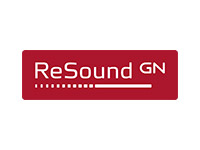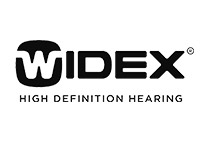Hearing Aid Guide 2024:
Hear the Difference: Your Hearing Aid Guide in 2024
A hearing aid is an electronic device designed to amplify and enhance sound for hearing loss individuals. Hearing loss may occur for various reasons, and the need for hearing aids is determined through a comprehensive evaluation by an audiologist or hearing healthcare professional.
Here are the common reasons why people may benefit from hearing aids:
1 Age-related hearing loss: As people age, they are expected to experience a decline in hearing sensitivity. Hearing aids can help individuals to regain and improve hearing abilities.
2 Congenital hearing loss: Refers to hearing impairment present at birth or developing shortly after. This hearing loss can result from genetic, non-genetic, or environmental factors.
3 Medical Conditions: Certain medical conditions, such as otosclerosis, Meniere's disease, or infections, can lead to hearing loss. Treating the underlying medical issue is essential, and hearing aids may be recommended to manage residual hearing loss.
4 Traumatic injuries: Head injuries, accidents, or other traumatic events can cause damage to the auditory system, resulting in hearing loss. Hearing aids may be part of the rehabilitation process in such cases.
No matter the underlying causes of hearing loss, the world of hearing aids offers a diverse array of solutions tailored to meet the unique needs of each individual. Whether your hearing loss stems from age-related factors, genetic influences, environmental exposures, or other reasons, rest assured that there's a specific type of hearing aid designed to enhance your auditory experience.
Anatomy of a hearing aid
To acquaint yourself with the inner workings, let's delve into the anatomy of the standard hearing aid. Here are the key components you need to take note of:
1 Microphone: Collects sounds from the environment
2 Processor or Amplifier: Processes and amplifies the incoming sounds based on the individual's hearing loss profile
3 Receiver or Speaker: Transmits the amplified sounds into the ear canal
4 Battery: Powers the electronic components of the hearing aid
5 Controls: Allow the user to adjust settings such as volume and program.
6 Shell or Casing: houses and protects the internal components.
Modern hearing aids often have more high-tech features like noise reduction, feedback suppression, and connectivity to smartphones or other devices.
What's more important to note here is that hearing aids are prescribed and fitted by professionals based on an individual's specific needs and lifestyle. So, your hearing aid may depend on what you need.
Types of Hearing Aids
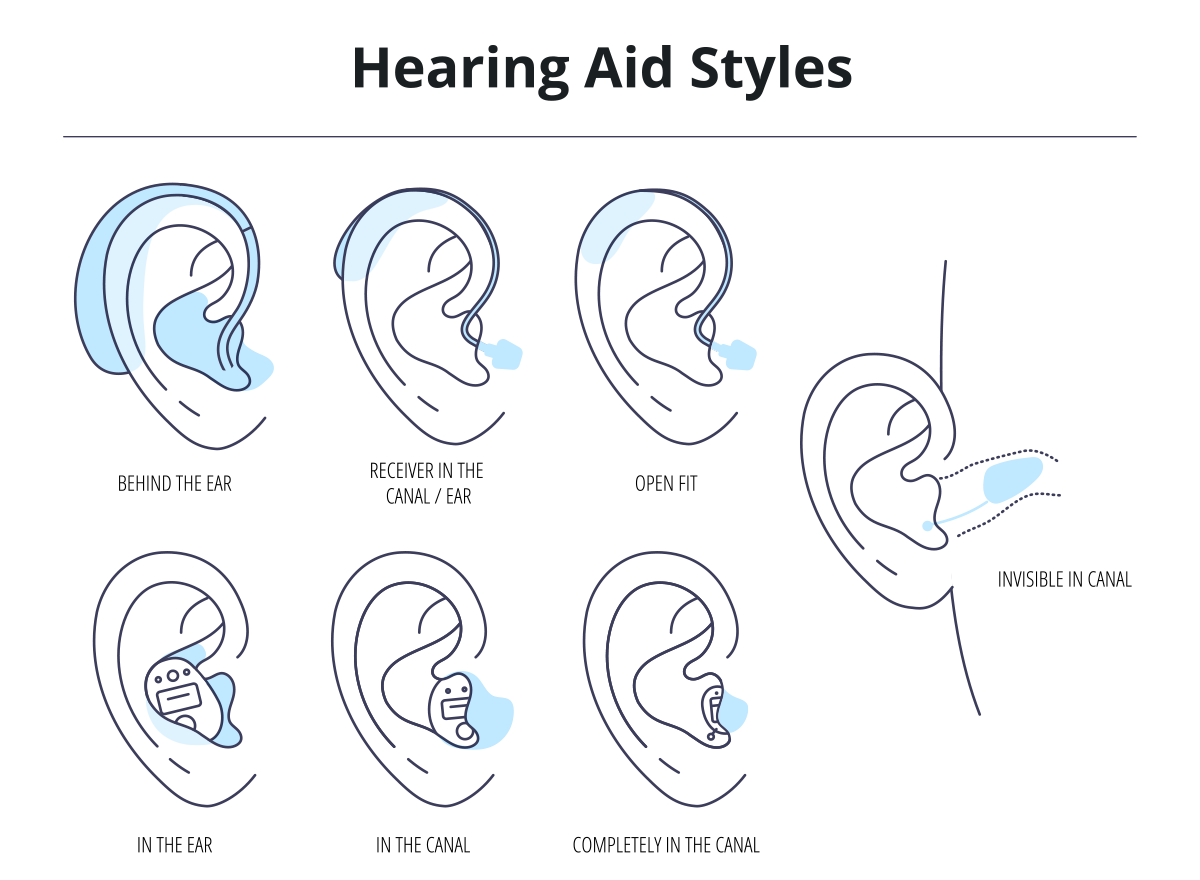
Different hearing aids are designed to address specific hearing needs and preferences. Here are the main types commonly offered in the market:
1 Behind-the-Ear (BTE)
As the name suggests, the BTE hearing aid is designed to sit comfortably behind the ear. BTE aids accommodate hearing losses and offer advantages such as durability, ease of handling, and wireless connectivity options.
With choices in battery types, including disposable and rechargeable, BTE hearing aids are a popular and widely prescribed solution, emphasizing individual comfort and lifestyle preferences.
2 In-the-Ear (ITE)
ITE aids provide a customized and discreet solution for individuals. This aid is tailored to fit the unique contours of the wearer's ear and comes in variations. Their design ensures a comfortable and nearly invisible fit, appealing to those seeking a cosmetically discreet option.
With the design housed within the ear, this aid offers reduced wind noises. However, more factors should be considered when getting one tailored to their needs, like the ear size, shape, and degree of hearing loss.
3 In-the-Canal (ITC) or (IIC) Invisible-in-the-Canal
In-the-canal (ITC) hearing aids and IIC hearing aids are inserted deeper into the ear canal compared to In-the-Ear (ITE) hearing aids, making them generally less noticeable. Due to their compact size, ITC aids utilize smaller batteries, making them more challenging to manage. However, the small size of this aid makes it comfortable to wear and eliminates the bulkiness associated with larger hearing aids.
If you prioritize a nearly invisible appearance, comfort, and a solution tailored for mild to moderate hearing loss, In-the-Canal hearing aids may be suitable for your hearing needs.
4 Receiver-in-Canal (RIC) or Receiver-in-the-Ear (RITE)
RIC or RITE aids represent a modern and popular design that combines comfort, aesthetics, and functionality. These aids consist of a small casing behind the ear, housing the device's electronics, while the receiver or speaker is inside the ear canal.
The critical advantage of RIC/RITE hearing aids lies in their open-fit design, allowing natural sound to enter the ear while amplifying specific frequencies as needed. This design minimizes the "plugged" feeling often associated with traditional hearing aids.
5 Bone Conduction Hearing Aids
Bone conduction hearing aids are innovative devices designed to assist individuals with certain types of hearing loss. Unlike traditional hearing aids that amplify sound and deliver it to the ear canal, bone conduction aids bypass the outer and middle ear altogether. Instead, they transmit sound vibrations directly to the inner ear through bone vibrations.
Bone conduction hearing aids are particularly beneficial for individuals with conductive hearing loss, where sound transmission through the outer or middle ear is impaired.
The choice of the type of hearing aid depends on factors such as the degree and type of hearing loss, lifestyle, cosmetic preferences, and budget. A thorough evaluation by a hearing healthcare professional is essential to determine the most suitable option for an individual's specific needs.
Choosing the Right Hearing Aid for You
A good hearing aid possesses several features and qualities that collectively contribute to its effectiveness and user satisfaction. Here are key characteristics that may help you choose the right hearing aid.
- Sound Quality: Advanced digital signal processing provides a natural and clear sound experience.
- Speech enhancement: Effectively reduces background noise, allowing the user to focus on speech.
- Customization and Adaptability: Allows for personal adjustments based on individual needs.
- Comfort and Fit: Comfortable design options that cater to various preferences.
- Connectivity: Enables seamless integration with smartphones, TVs, and other devices.
- Battery Life and Power Consumption: Efficient power consumption for practical use.
- Ease of Use: User-friendly controls for easy adjustment.
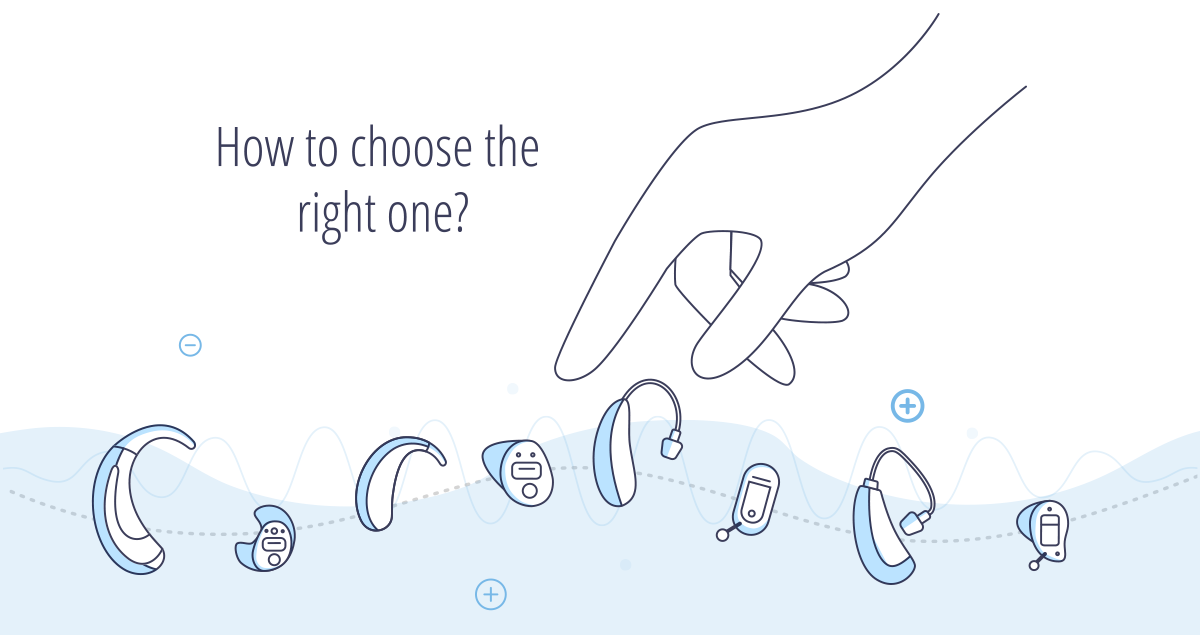
A good hearing aid effectively addresses the individual's unique needs, promotes comfort, and integrates seamlessly into their lifestyle. Professional guidance from audiologists or hearing healthcare providers is crucial for selecting, fitting, and maintaining hearing aids.
The decision to embrace hearing aids is a step toward enhancing communication, social interactions, and overall well-being. As these devices evolve, the future holds even greater promise for individuals seeking personalized and effective hearing solutions. Embracing the support of hearing aids is not just about restoring sounds; it's about rediscovering a vibrant and connected way of life.
Hearing Aid Features
Directional Microphones
Part of a hearing aid that picks up sound from a given direction, often from in front of you. The microphone can amplify the voices and sounds you want to hear and not amplify the noise.
This feature helps differentiate sound from background noise. The direction picked up is usually in front because you would be facing the voices you wish to hear.
Most people start losing their high frequency hearing before they start losing their low frequency hearing.
This makes hearing language difficult, especially in background noise because the high frequencies are where the consonants are. The sounds your brain uses to separate speech from background noise.
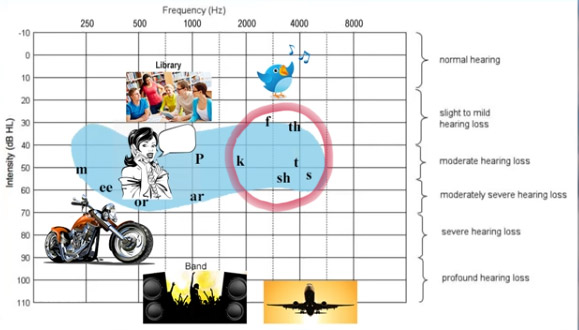
Background noise tends to be low frequencies. So if you have good low frequency hearing but bad high frequency hearing you will hear the noise very well but you don't have the high frequency consonant sounds to separate out the speech.
Directional Microphones allow the hearing aid to prioritise the direction it is picking up sound from. To do this well it is necessary to have 2 microphones on each of your hearing aids. The timing of the polar pattern allows the hearing aid to determine which direction sound is coming from. It is possible to gain a 20% - 100% improvement in speech understanding. That is significant.
Who are we
This site is dedicated to helping people with a hearing loss get the best value they can for their dollar.
As the first website in Australia to show hearing aid prices across major brands, this page is designed to give you a quick overview.
It is created and owned by a hearing aid wearer not a hearing aid company. That is why we are upfront with the cost of hearing aids. I (Phil) am available to discuss hearing aids on 07 55320651 and 0423 926 852.
Hearing Aid Referral
Get the best price and care from our network of professionals
FREE/no obligation
- Great Care
- Major Brands
Hearing Aid Brands in Australia

